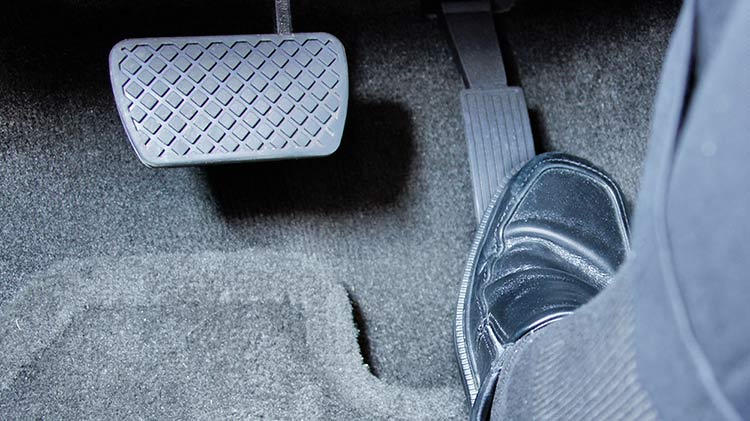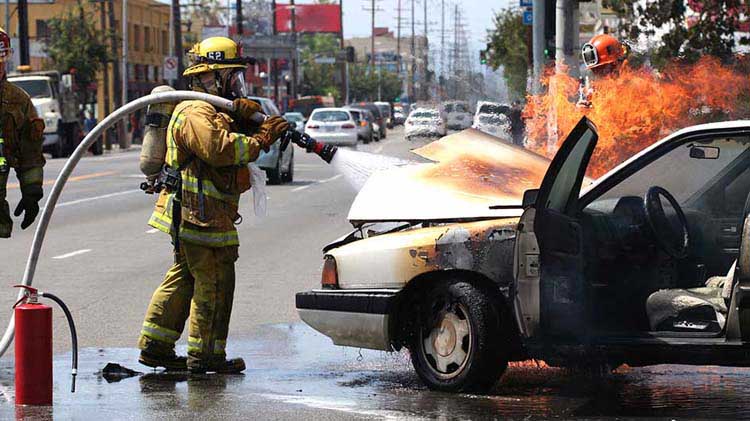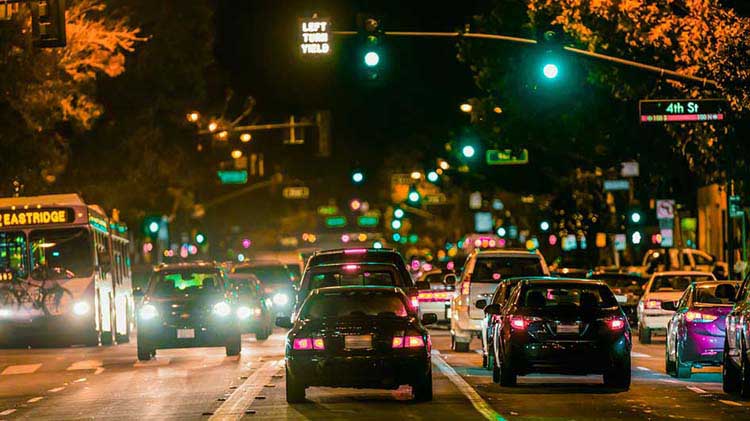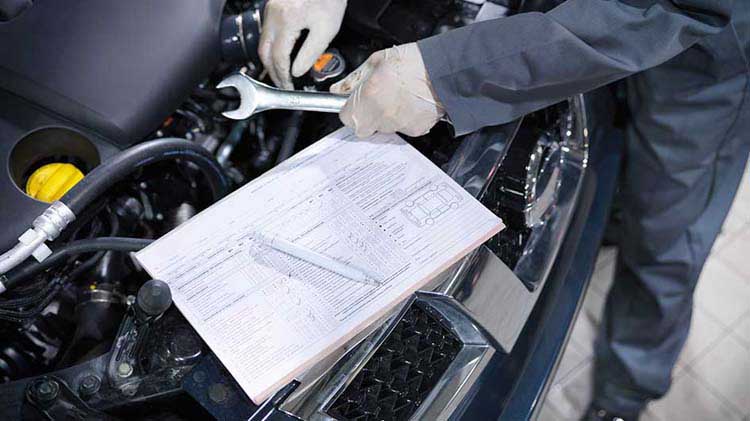Quick steps to take if your gas pedal sticks
How to react if malfunctions or external interferences cause unintended acceleration.
It doesn't happen often, but when a gas pedal sticks or malfunctions, the situation is frightening and extremely dangerous. In an instant, the vehicle can accelerate to full speed and become unresponsive to braking efforts.
Mechanical malfunctions — such as a faulty throttle, external interferences, a floor mat that wedges under the pedal — can contribute to this type of unintended acceleration.
What to do if your accelerator sticks
Below are some ways that may correct the stuck accelerator and help you to remain safe.
- Stay calm and try not to panic.
- Push the brake firmly with both feet and hold it down. Don't pump the brake pedal or release it because you will lose all your vacuum power assist, causing your brakes to become stiff and very hard.
- Shift the car into neutral. If the car has a manual transmission, remember to depress the clutch to shift gears.
- Steadily hold the brake and look for an escape route, like a hard shoulder on the highway. Avoid quick lane changes, which could cause you to swerve and lose control of the vehicle. If possible, steer in a straight line.
- Do not turn off the engine unless shifting into neutral is unsuccessful. Turning off the engine will turn off the power-assist brake functions, making it harder to maneuver the car.
- When you have come to a controlled stop out of the way of traffic, turn the engine off (if you have not already done so). If you use a key, keep it in the ignition when you turn off the engine so the steering wheel doesn't lock.
- If your vehicle has a start on/off button, hold the button down for at least three seconds to disable the vehicle. Do not tap repeatedly.
- Call for assistance. Do not drive the vehicle until it has been professionally serviced.
"Smart Throttle" technology
Some new vehicles come with "smart throttle" technology, which reduces the possibility of unintended accelerations caused by mechanical failures. These computer-based systems recognize when both the brake and accelerator are being depressed. They also tell the engine to give precedence to braking and to ignore the accelerator.




